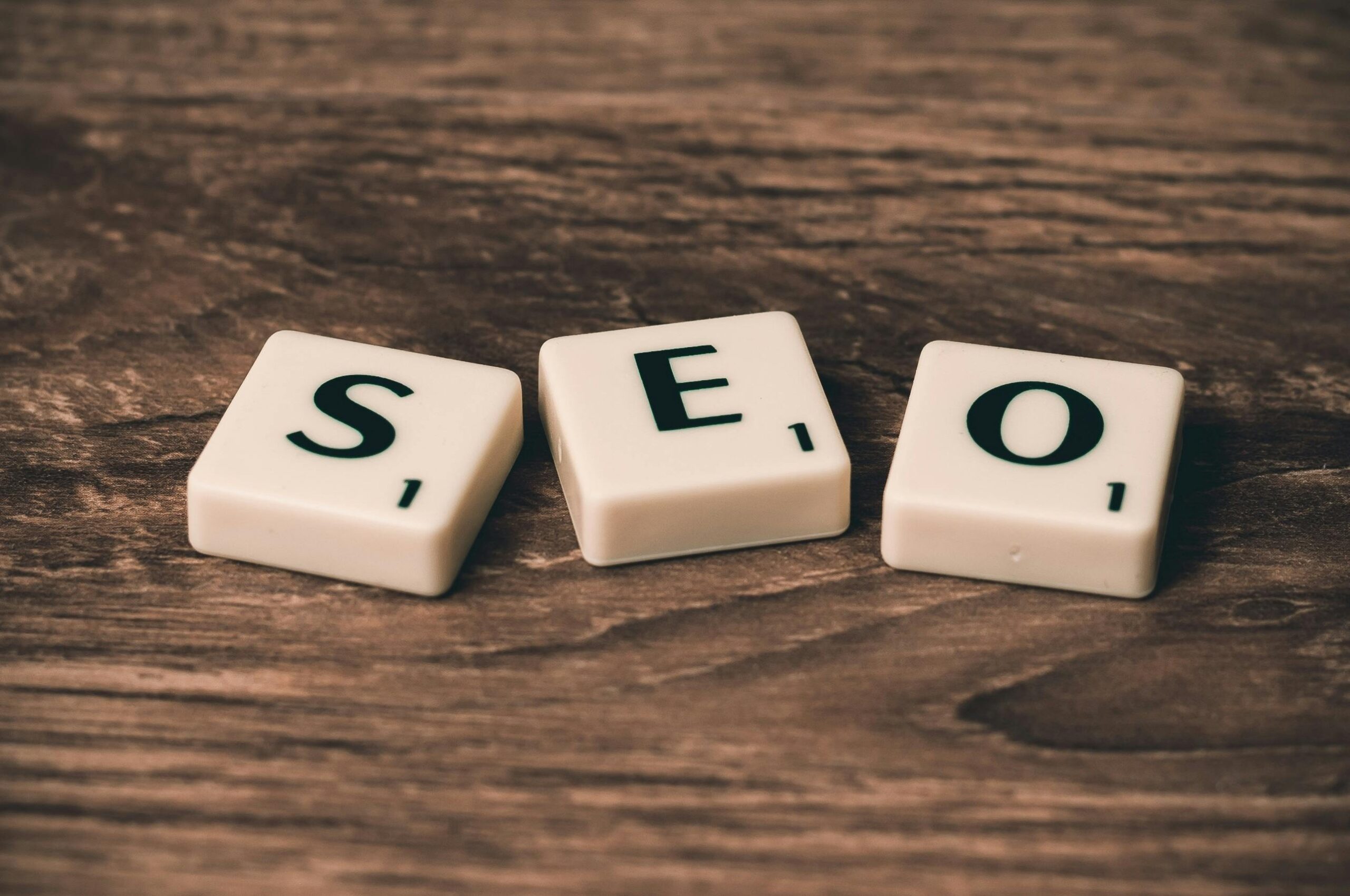Intro:
In today’s digital world, being online isn’t just an option for businesses—it’s a necessity. Whether you’re a small startup or a large enterprise, having a solid digital presence can make all the difference. That’s where digital marketing comes in. But what exactly is it, and how does it work? In this post, we’ll break down the basics of digital marketing, explore its key components, and explain why it’s so important in 2025 and beyond.
What is Digital Marketing?
Digital marketing refers to all marketing efforts that use the internet or an electronic device. Businesses leverage digital channels such as search engines, social media, email, and websites to connect with current and potential customers.
Think of it as traditional marketing—like billboards, flyers, or TV ads—but supercharged with data, targeting, and tech.
Why is Digital Marketing Important?
- Wider Reach – You can reach a global audience right from your laptop.
- Cost-Effective – Compared to traditional methods, digital campaigns can be more affordable and trackable.
- Highly Targeted – You can choose exactly who sees your content—based on interests, behavior, age, location, and more.
- Measurable Results – You get real-time insights on how your campaigns are performing.
Key Components of Digital Marketing
1. Search Engine Optimization (SEO)
SEO is all about optimizing your website so it appears higher in search engine results (like Google). The higher you rank, the more people will find you.
2. Content Marketing
Creating valuable content—like blogs, videos, infographics, or podcasts—to attract and engage your audience. Content is the heart of most digital strategies.
3. Social Media Marketing
Using platforms like Instagram, Facebook, LinkedIn, and Twitter to promote your brand and interact with your audience in real time.
4. Email Marketing
Email is still one of the most effective channels. You can nurture leads, share news, and promote products directly to people who are already interested in what you offer.
5. Pay-Per-Click Advertising (PPC)
These are paid ads that appear on search engines or social media. You only pay when someone clicks—making it performance-based and trackable.
6. Affiliate and Influencer Marketing
Partnering with people who already have an audience to promote your product. It’s all about leveraging trust and influence.
Trends in Digital Marketing (2025)
- AI and Automation: Tools like ChatGPT are making content creation and customer service faster and smarter.
- Voice Search Optimization: With the rise of smart speakers, optimizing for voice is more important than ever.
- Short-form Video: Platforms like TikTok and Instagram Reels are dominating attention spans.
- Privacy and Data Protection: Users are more concerned about how their data is used—ethical marketing is now a must.
Final Thoughts
Digital marketing isn’t just a buzzword—it’s the future of how businesses grow and connect with people. Whether you’re just starting out or looking to level up your strategy, understanding the basics gives you the foundation to build something powerful.
So, whether you’re blogging, posting, emailing, or running ads—remember, it’s all part of one big digital ecosystem designed to help your brand shine online.






Very Nice post. Keep up the Good work.